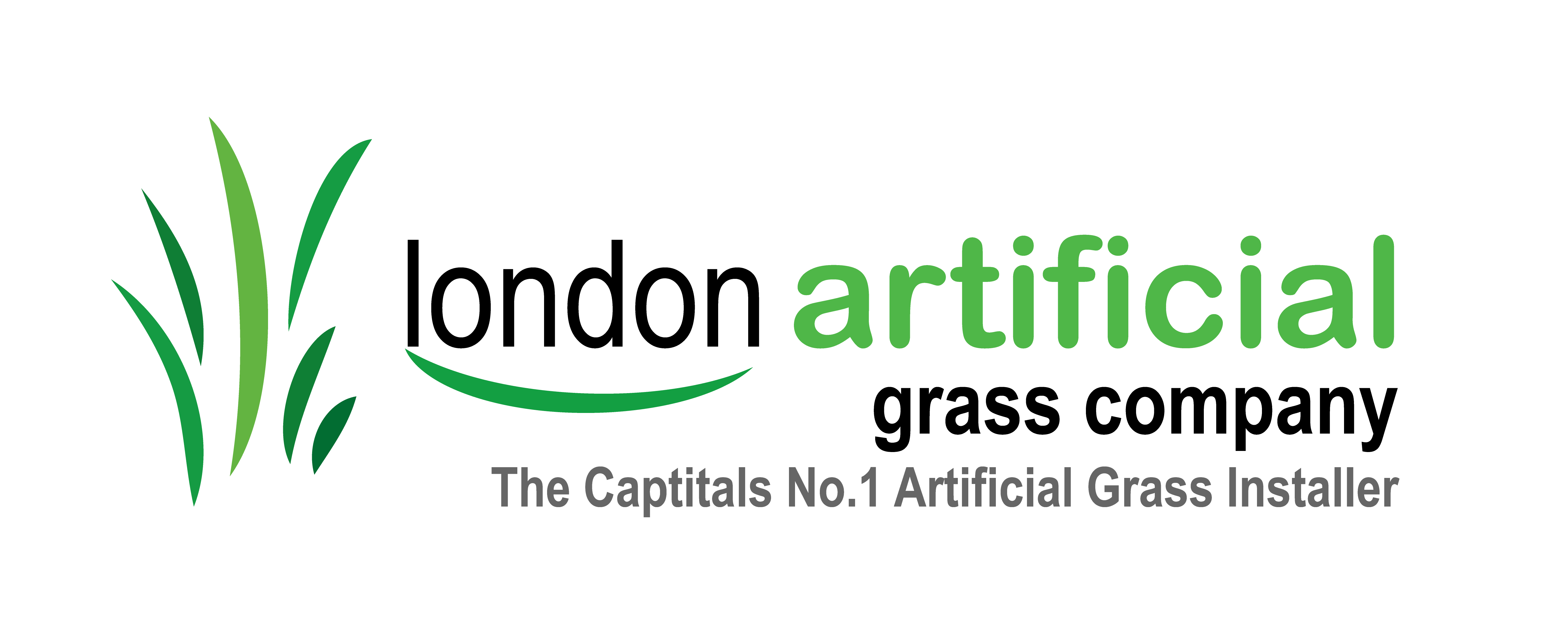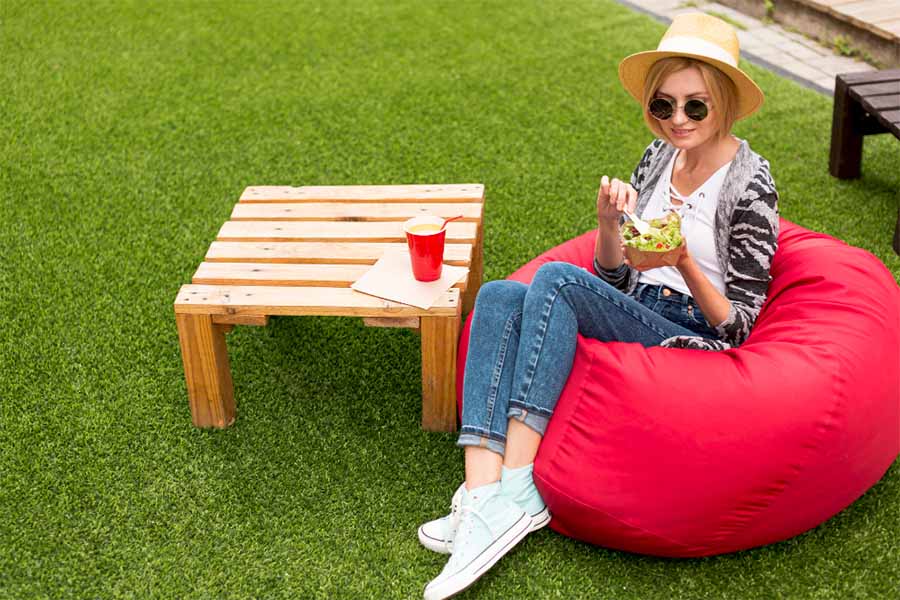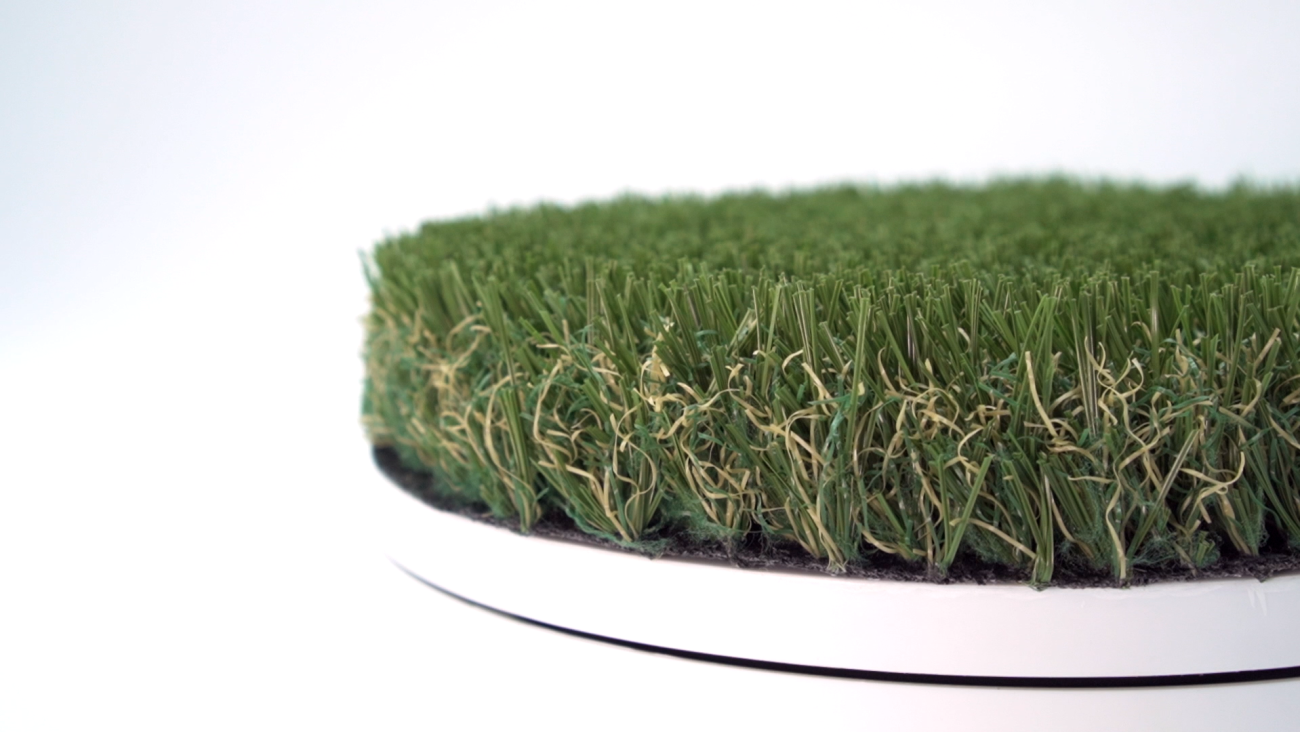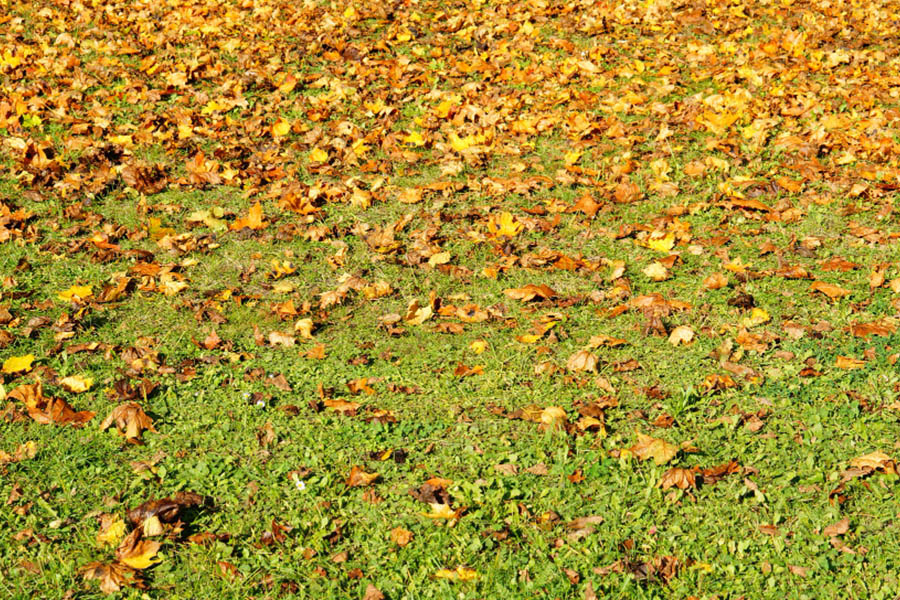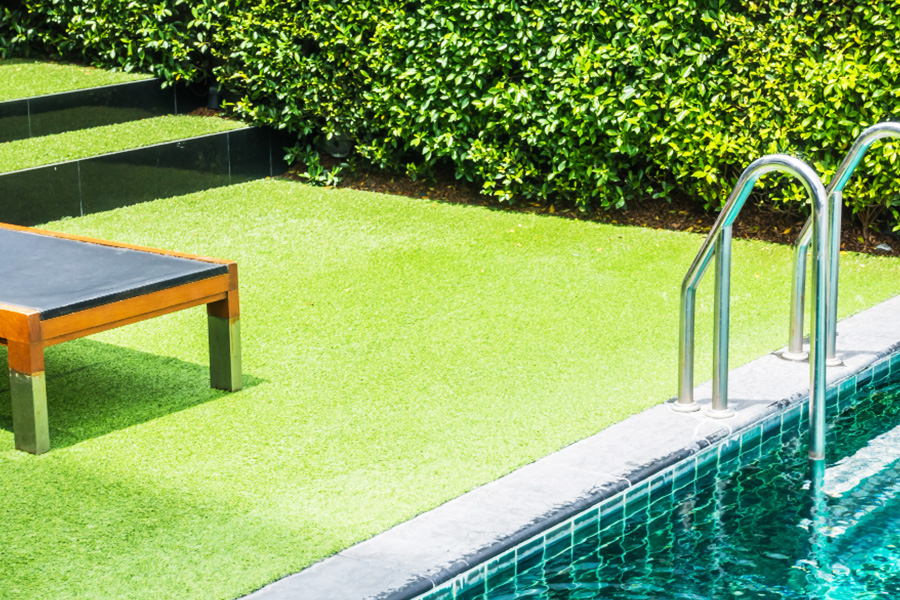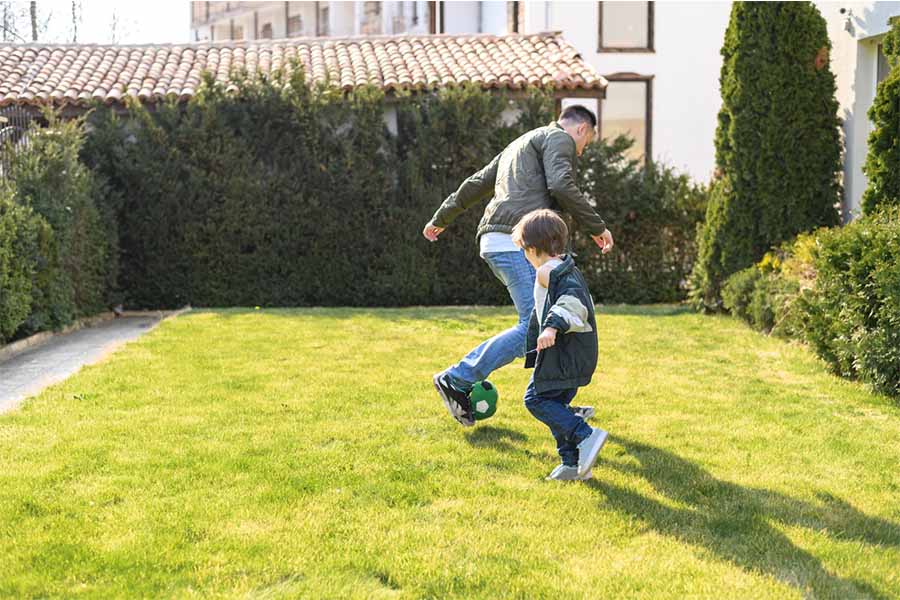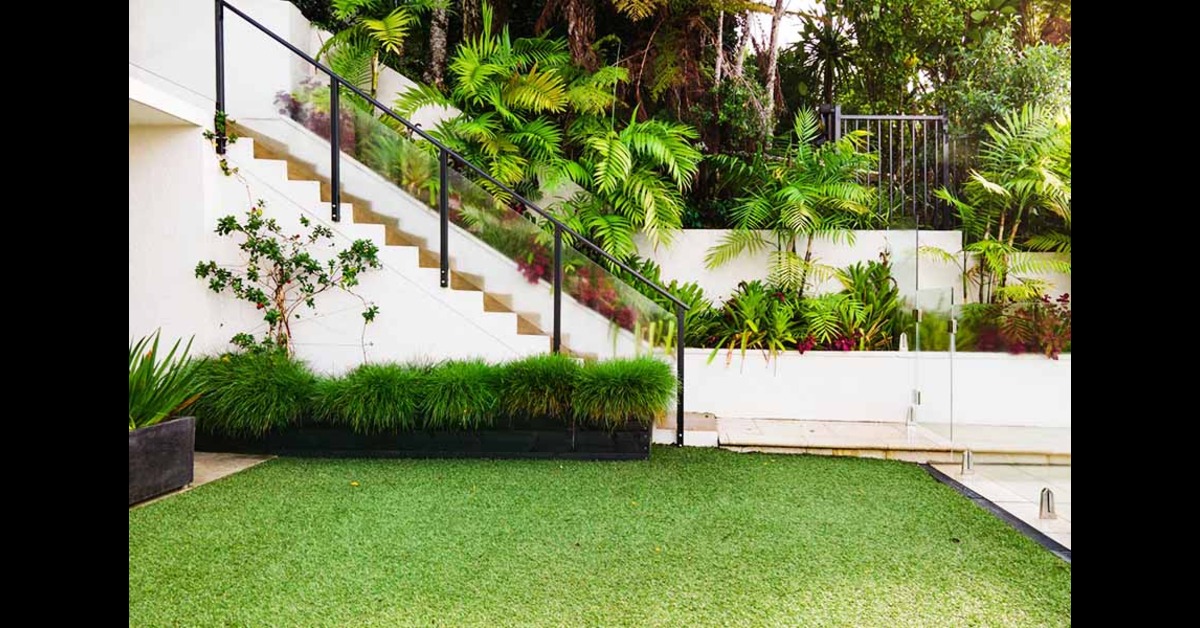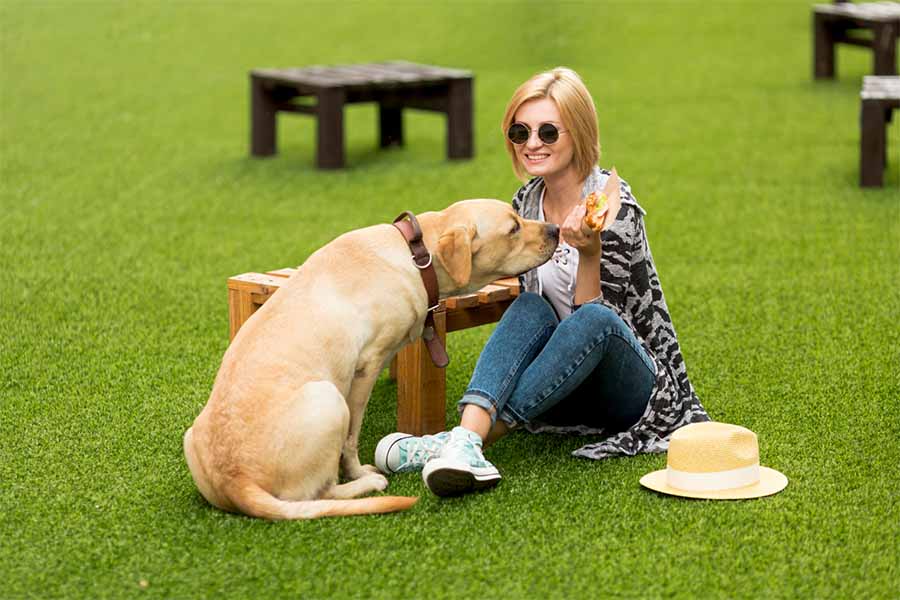How to Install Artificial Grass & Understand Artificial Grass Installation Cost in the UK

Learn how to install artificial grass like a pro and understand UK installation costs. This guide covers tools, steps, tips, and what you can expect to pay.
Artificial grass has rapidly gained popularity in the UK as homeowners and businesses seek low-maintenance, attractive, and eco-friendly lawn solutions. With no need for mowing, watering, or fertilising, artificial turf provides year-round greenery with minimal effort. Whether you’re looking to revamp your garden, balcony, or commercial space, this guide will walk you through the artificial grass installation process and offer insights into the costs involved across the UK.
Why Choose Artificial Grass?
Artificial grass offers numerous benefits:
- Low maintenance: No mowing, watering, or fertilisers needed.
- Cost-effective: Saves money over time on lawn care equipment and water bills.
- Aesthetic appeal: Stays green and lush all year round.
- Pet- and child-friendly: Soft and safe for all ages.
According to Statista, over 2.5 million square metres of artificial grass were sold in the UK in 2022, showing a significant increase in demand over the past decade.
Step-by-Step Guide: How to Install Artificial Grass
Installing artificial grass requires planning, the right materials, and a bit of manual labour. Here’s a detailed breakdown:
Tools & Materials You’ll Need
- Artificial grass roll(s)
- Weed membrane
- Turf cutter (for removing natural lawn)
- Compactor or roller
- Sub-base material (Type 1 MOT and sharp sand or granite dust)
- Utility knife
- Joining tape and adhesive
- Nails or U-pins
- Landscaping rake
- Brush or broom
1. Clear the Area. Remove any existing turf, rocks, or debris. A turf cutter can make this process easier and ensure a flat surface. Dig to a depth of around 75–100mm.
2. Install a Weed Membrane
Lay down a weed control membrane to prevent weeds from growing through the artificial grass. This step will save you future hassle and keep your lawn looking neat.
3. Add the Sub-Base
A solid and well-drained base is crucial. Spread a layer of MOT Type 1 (crushed stone), compact it, and then add a layer of sharp sand or granite dust for levelling. Compact the entire base to achieve a stable surface.
- Depth Recommendation:
- MOT Type 1: 50mm
- Sharp Sand: 25mm
Ensure a slight gradient for water runoff.
4. Roll Out and Trim the Grass
Lay out your artificial grass and let it rest for a few hours to settle. Then, trim it using a sharp utility knife to fit the area snugly, ensuring the grass fibres all face the same direction for a uniform look.
5. Secure the Joints
If you’re using multiple pieces of grass, use joining tape and adhesive to bind the seams securely. Press the edges firmly to ensure no gaps or visible lines.
6. Fix the Edges
Use galvanised nails or U-pins to fix the turf along the perimeter. Ensure they are driven into the base and not visible from the top.
7. Brush the Fibres
Once installed, use a stiff broom or power brush to lift the grass blades and give your lawn a natural, upright appearance.
Artificial Grass Installation Cost in the UK
One of the most common questions is, “How much does artificial grass installation cost in the UK?” The cost varies depending on several factors, including the type of grass, area size, and whether you opt for professional installation.
Average Costs:
| Component | Cost Range (per m²) |
| Artificial Grass (Material) | £10 – £35 |
| Installation Labour | £20 – £40 |
| Ground Preparation (Sub-base) | £10 – £15 |
| Total Installed Cost | £40 – £90 |
Example: For a 30m² garden, expect to pay between £1,200 and £2,700, depending on grass quality and complexity of installation.
DIY vs Professional Installation
While DIY installation can save you up to 50% of the labour cost, improper installation may lead to drainage issues, uneven surfaces, or early wear. Hiring professionals ensures a smooth finish and longer lifespan.
Tips for Successful Installation
- Always order 10% extra grass to accommodate cuts and joins.
- Plan for proper drainage, especially in rainy regions.
- Brush the grass regularly to maintain its upright appearance.
- If pets use the area, consider using infill sand with anti-odour properties.
Eco Considerations
Modern artificial grass products are becoming more sustainable. Some manufacturers now offer recyclable turf and lead-free materials. Look for ISO-certified products and eco-conscious suppliers.
Maintenance After Installation
Artificial grass is low maintenance, but not maintenance-free:
- Brush regularly to keep the blades upright.
- Rinse occasionally to remove dust and pet residue.
- Remove debris like leaves to avoid moss and algae growth.
Final Thoughts
Artificial grass offers a long-term solution for those wanting a beautiful, hassle-free lawn. While the upfront costs may seem steep, the low ongoing maintenance and durability make it a worthwhile investment. Whether you choose to go DIY or hire experts, understanding the installation process and associated costs will help you make an informed decision.
Useful Resources & References
- Statista – UK Artificial Grass Market Data:
https://www.statista.com/statistics/1268493/uk-artificial-grass-sales-volume/ - Checkatrade – Artificial Grass Installation Cost:
https://www.checkatrade.com/blog/cost-guides/artificial-grass-cost/
RHS Guide to Lawn Alternatives:
https://www.rhs.org.uk/gardening/lawn-care/alternatives
